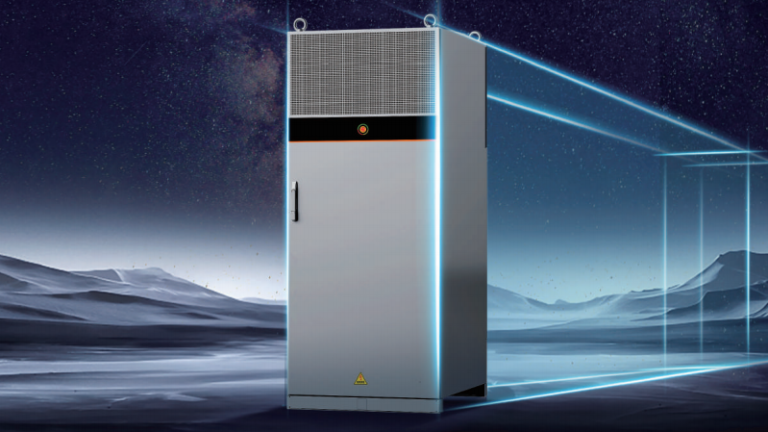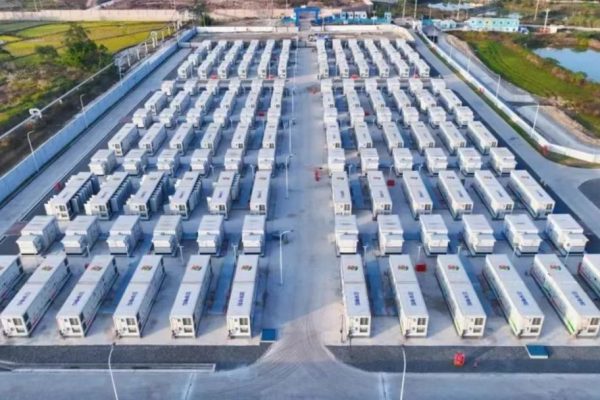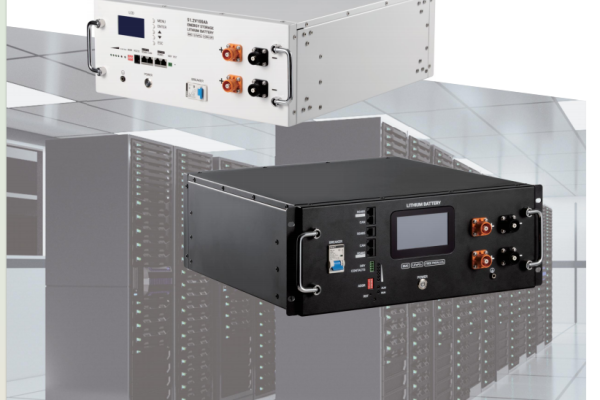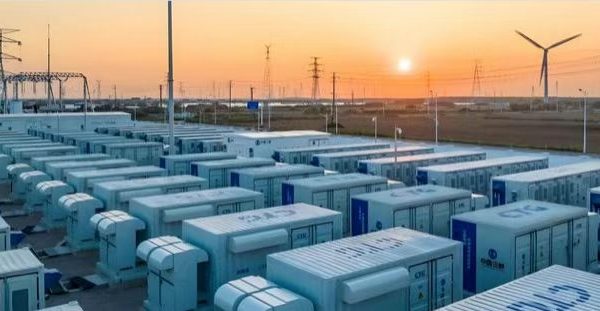An Actionable Guide to Using Energy Storage for Cost Reduction in SME Manufacturing
1. Introduction: Why Electricity Bills Are Killing Small Factories
For many small and medium-sized manufacturing facilities, especially in countries with tiered or demand-based electricity billing, one of the biggest headaches is:
💡 The monthly power bill.
It’s not just about how much energy you use, but when you use it.
If your factory’s operations create short but intense power surges—say during machine startup or peak production hours—you might be paying a premium for just a few hours of high usage.
That’s where peak shaving with energy storage becomes a powerful cost-control tool.
2. What Is Peak Shaving?
Peak Shaving refers to the practice of reducing your electricity draw from the grid during times of highest demand, by using stored battery power to cover part of your load.
📈 Without Peak Shaving:
- Grid demand spikes during peak hours
- Utility company calculates your “demand charge” based on these spikes
- Monthly bill goes up—even if your average consumption is modest
⚡ With Peak Shaving:
- Battery system discharges during peak usage time
- Grid demand remains flat or lower
- Demand charges drop significantly
🧮 Savings = Reduced kW demand charges × Months of usage
3. Real Example: Small Factory with Spikes at 10am & 3pm
Let’s say a factory in Southeast Asia runs:
- CNC machines
- Compressors
- Welders
Their load peaks at 60 kW twice a day, while the average baseline is around 25–30 kW.
By deploying a 100 kWh battery system and programming it to discharge 20–30 kW during those peak hours, they can shave the top off the curve—and save up to 20–30% on demand-based electricity charges.
4. Why Peak Shaving Works Well for SMEs
✅ 1. Predictable load curves
Most small factories run on fixed shifts with predictable machine usage, which makes battery scheduling easier.
✅ 2. Small energy window
Peak duration is often just 2–3 hours, so relatively small battery systems (50–200 kWh) can make a big difference.
✅ 3. No need for grid disconnection
Unlike off-grid systems, peak shaving works while still grid-connected, reducing technical complexity.
✅ 4. Fast payback
With energy savings of $500–$1,000 per month, many systems achieve ROI in under 3 years.
5. Key Components of a Peak Shaving ESS
| Component | Function |
|---|---|
| Battery Pack | Stores energy during off-peak hours |
| PCS / Hybrid Inverter | Manages charging/discharging and AC conversion |
| EMS (Energy Management System) | Schedules and controls dispatch based on load patterns |
| Smart Meter (optional) | Real-time monitoring of load and billing rates |
| PV System (optional) | Further enhances savings if solar is used to charge batteries |
6. How to Size the System for Peak Shaving
The key is to size the battery for discharge power and duration, not just total kWh.
Example Formula:
Battery Capacity (kWh) = Required Peak Support (kW) × Duration (hrs) × Safety Factor (1.2–1.3)
Scenario:
- You need to offset 30 kW during 2 peak hours
- 30 kW × 2 hr × 1.2 = 72 kWh system
Add inverter capable of 30 kW output, and ensure EMS can schedule by time-of-use or load threshold.
7. Installation & Integration: What to Watch For
🔌 Grid Compatibility
- System must be grid-tied with backfeed protection
- Hybrid inverter or dedicated PCS (Power Conversion System) required
⚙️ Load Mapping
- Measure machine-level loads during different times
- Focus on machines that spike for <10 minutes (e.g., chillers, cutters)
📅 Schedule Logic
- EMS must be configured to:
- Charge batteries during off-peak hours (e.g., midnight–6am)
- Discharge during peak hours (e.g., 9–11am, 3–5pm)
8. Financing and Payback Period
In many markets, SMEs may hesitate to invest upfront. Here’s how to make the case:
| Battery System Size | Est. Capex | Monthly Saving | Payback Period |
|---|---|---|---|
| 50 kWh / 25 kW | $12,000 | $300–500 | 2.0–3.0 yrs |
| 100 kWh / 50 kW | $20,000 | $600–900 | 2.2–3.2 yrs |
| 200 kWh / 75 kW | $35,000 | $1,000–1,500 | 2.3–3.5 yrs |
Some suppliers offer rental or lease models, which may help factories adopt the system without CAPEX.
9. Why a Responsive Technical Trade Partner Is Key
Most SME factory owners and even many local EPCs don’t know:
- How to measure their peak profile
- How to configure battery settings
- What PCS and EMS to select
- How to verify inverter–battery communication
As a technical foreign trade partner, your value lies in:
✅ Recommending right-sized systems
✅ Sending sample SLDs and configuration sheets
✅ Explaining protocol matching (e.g., CAN or RS485)
✅ Providing response within 12–24 hours
🔧 “You don’t need a 200 kWh battery. Let’s do 100 kWh and upgrade later.”
This advice builds long-term trust and helps you win small projects at scale.
✅ Suggested Internal Links for Your Blog
10. Conclusion: Simple System, Real Savings
For small and medium factories, electricity cost is a serious overhead.
Deploying a peak shaving ESS doesn’t require huge investments or complex tech—just:
- Smart system design
- Fast and flexible response
- Reliable sourcing partners
⚡ “In the world of energy savings, small changes in time lead to big changes in cost.”









